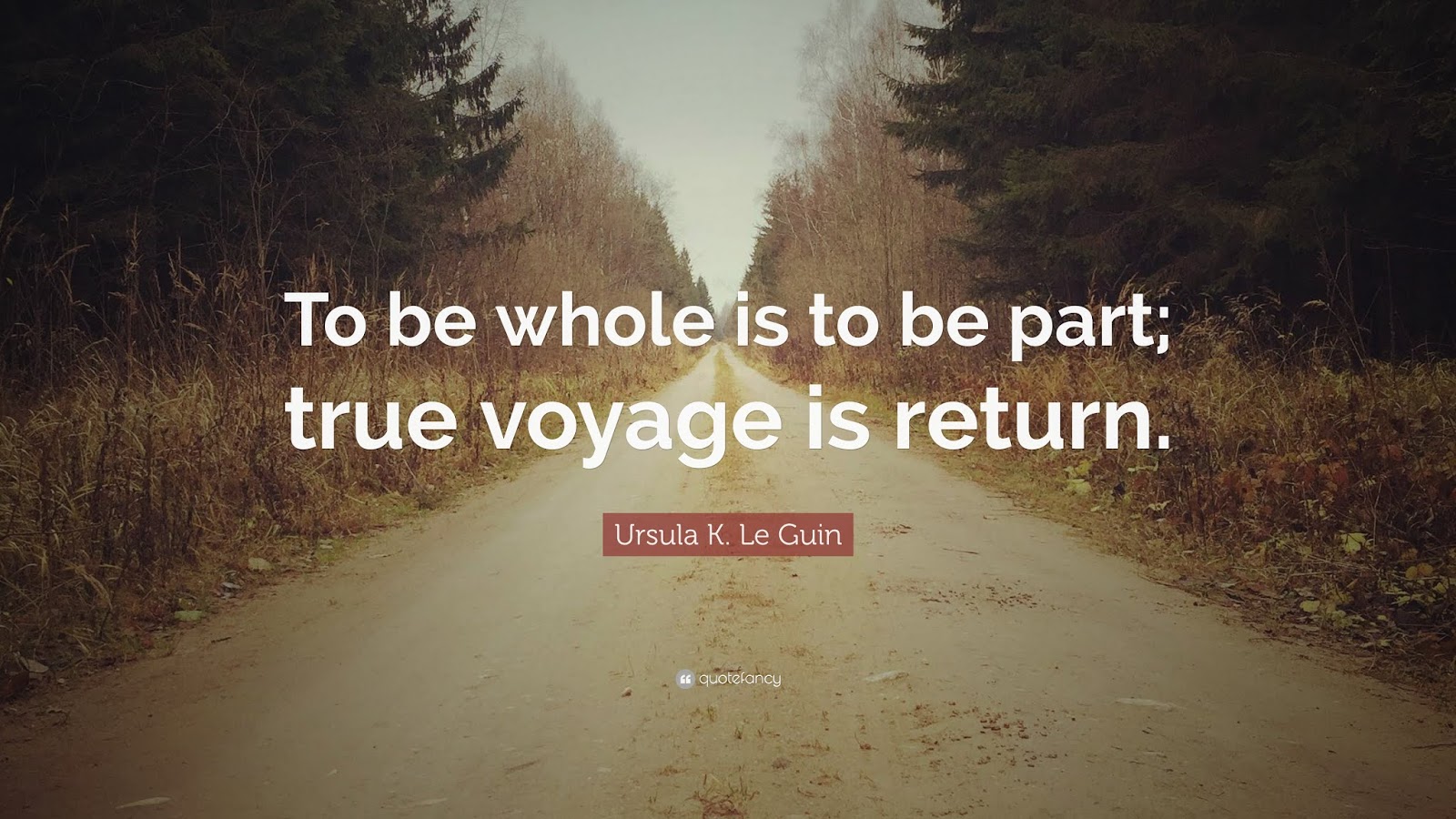I suppose we all think we know what a sequel is: a follow-up to a narrative concluding in a way the first one couldn’t. We usually feel it picks up threads of the original story, carrying them on to form a new realm we hadn’t imagined with the initial tale. New characters appear, adding their weight to the thickness of the plot, while old ones we befriended in the first story shift their stripes until we feel we hardly know them—changing back again, we hope, to redeem themselves in our eyes and the morality of the novel’s message.
I mean for the sequel to Certain Liberties to do all these things, and I believe it does. One of my editors also called it a historical saga, giving it more of an epic cast than I’d intended, but one I’d hardly turn down. One of the reasons I love historical fiction is because of its ambition to present a classic story-line in a way that parallels the flow of current events. We can’t help but be drawn in by characters living centuries ago who struggle against many of the same challenges we have, with the same fears, succeeding and failing in the same ways we recognize in ourselves today. But what draws people most deeply into the world of imagined protagonists is the pull of meeting people who can teach us about things that came before. We want to learn something from them. Following them through that maze of events is even more enticing because we know how it all turns out. And yet, if the characters are compelling enough, we care more deeply the longer we’re with them because their personal fates matter to us as much as, or even more than the historic events do.
I often think of the reverse accomplishment, taking a biography of a well-known historic personality, such as Alexander Hamilton or Ulysses S. Grant as Ron Chernow has done. Both life narratives are well-known to us, yet he makes them as fascinating and compelling as a mystery. History is exciting, and placing people in the thick of the unfolding action asks a powerful, provocative question: how did people negotiate life with less medical, technological, scientific, and intellectual support than we have now? In short, how did people survive with so little know-how from the past to inform their futures? How did they negotiate the horrors of their own times? They were totally unprepared for shocks and disasters like the Great Chicago Fire, and the dangers of childbirth seldom understood my women, but never by men. How did they keep their spirits whole when their dreams for their own lives were systematically squashed by the mores of their day? When travel was so difficult, how did they summon the courage to move their families to completely different countries, sometimes continents away? And how could they bear to see the cruelty and injustices other humans endured with no power to correct or help to survive them? All these encounters and many more swirl around the characters from Certain Liberties as they move on into the reconstruction era Gilded Cage. Add a cast of ‘real life’ notables headed by John Mackay, the Silver King, and Jacques Offenbach, the French/German composer of the operetta and impresario of the Romantic period, and you have a mixture of heady spices to delight any reader.
The Gilded Cage came about as the sequel to Certain Liberties because so many people asked, “what happens to Emily and Corey, Robert, and the older generation represented by Klaas de Koningh and Sir William Alden? Does their story have a happy ending?” I thought I knew, but you never really know until you start writing. And the readers will never find out unless they read the sequel when it comes to Amazon at the end of 2020 via Momentum Ink Press. These characters won’t leave me alone, so I’d like to have you share that connection with me. It’s the perfect combination of social distancing with sympathetic involvement. And it’s safe. This may be one of the few ways you can get remarkably close to people you don’t know without a mask!!


“The Gilded Cage” is an inspired title that all of us can identify with this year. Since March 12 my partner has been “at home” and both our Emily’s have been present. As you know, I’m hoping your Emily will have another sequel, where she will meet other women entering public life to engage in social reform.
Thanks for your concern, Kathleen. If only the road could always be straight! Intuition tells me this Emily will always be a fighter, but I sense she’s a loner, too. . . but one never knows! Even the author can be surprised. Keep reading!
Your blog got me thinking. In many ways historical fiction has a more fundamental and perhaps clearer view of what we were taught as historical texts. History is not fixed and needs interpretation from future generations. I cannot imagine how our times will be perceived 100 years from now and doubt anyone alive can. So, keep up the historical fiction for us to better understand times past.
The issue of sequels relates to the practice of history. Corey and Emily they as well as your readers will see their earlier lives in a different context with greater understanding, appreciation, and empathy for the universals you do so well in your books.
Living history never looks like written history. I love the way historical fiction puts us at the heart of the action. And the heart is truly what it’s all about for me. I’ve listened to enough story-telling by those participants of history to know how deeply they feel about living through it. That’s what I want to recreate for the reader. I hope more young people fall in love with history through the fictionalized version, if that’s what it takes! Thanks for your comments.